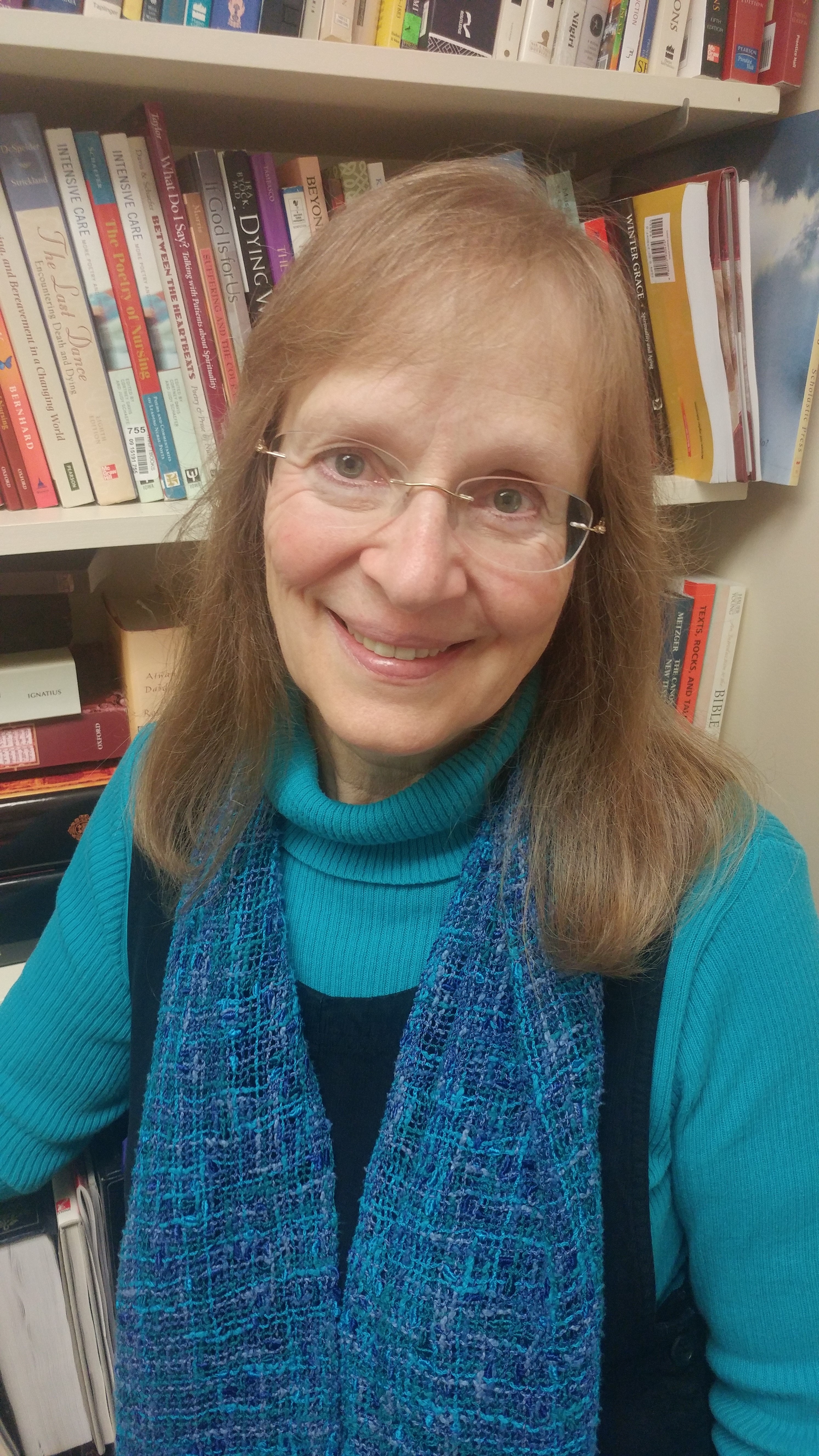

"Lanterns in the Dark"
One of my earliest memories is of walking in the dark. I spent most of my childhood in a tiny Congolese town. Because my family and I lived on the equator, the sun set at 6 p.m. and rose at 6 a.m. year-round—twelve hours of darkness everyday. Someone would usually start a kerosene generator around 6 p.m. that would light up a few lightbulbs here and there, but the generator was off by 8 p.m. When I stepped outside into the night, I could see cookfires up and down the valley. When it was clear, I could see a cascade of stars including the Southern Cross. Despite the beauty of the nighttime, I never liked walking in the dark. I had tangled with a few snakes in the daylight and was afraid of doing so in the dark. So I carried a kerosene lantern whenever I went to visit a friend. Flashlights and batteries were too expensive and unreliable. Funny thing, I do not recall ever seeing a snake on the paths. Nonetheless, I had to develop a sense of trust that I could walk safely in the darkness.
This experience of learning to walk in the dark has become one of my metaphors for living life, and lanterns of various sorts have lit the paths along my way. When a revolution and civil war led to the destruction of my home and town, my lantern became books. They taught me how to walk the paths of a new culture and country, teaching me in particular more about U.S. children. I still remember reading A Wrinkle in Time and My Side of the Mountain for the first time and recognizing some of the loss and longing that the children in these stories experienced. Reading continued to open up the world for me over the next decades, helping me to deepen my understanding of people and life. I pursued a bachelor’s, then a master’s, and finally a doctorate in literature. I fell in love with mid to late 19thcentury American and British literature, I think because the authors of these centuries write about old paths washed away and new paths created. I think, for example, of the Higher Criticism that led many people to question their faith, or of the Industrial Age that brought age-old patterns of life crashing to the ground. I began teaching at this time as well and greatly enjoyed taking students through literature of all sorts and teaching them how to write their own stories and reflections—discovering their own lanterns.
When I began to realize that my attention to literature often centered on the exploration of faith, for example, in George Eliot’s or Elizabeth Gaskell’s novels or Emily Dickinson’s poems, I decided on a second lantern. I was especially interested in the Bible and the consequences of the Higher Criticism. I returned to school, learned my koine Greek and biblical Hebrew and studied systematic and biblical theology. I also wanted to prepare to accompany people walking nighttime paths so I studied practical theology, took chaplaincy training, and volunteered regularly at a women and children’s shelter. I also wanted ways to weave in my overseas upbringing and my early experience of war, violence, and immigration. I was able to study a range of liberation theologies (feminist, womanist, mujerista, Black, Asian, Native American) as well as “post”colonial theologies that helped me begin to understand my life as a white person growing up in a colonized central African nation in the midst of claiming its independence.
In the end, my path has brought me back to teaching, but a teaching that brings together the different pieces of my life and my training. A lantern with multiple wicks? I enjoy teaching the Bible here at UP because it permits me to read this collection of ancient texts with all the gusto with which I read other literature. I recognize that the Bible is not a Western book and regularly experience its strangeness. At the same time, I hope to make a case that this strange collection of texts has great wisdom for us today. I also teach an interdisciplinary course on suffering and death that brings together other elements of my training and keeps me in touch with the daily experience of suffering that started me on this path in the first place.
I continue to appreciate the metaphor of walking in the dark. I think that many of us experience loss and pain and anxiety in our lives, but I absolutely believe in the lanterns that light these places. My great hope as a scholar, researcher, and teacher is that I can help students identify and light the lanterns that give them courage and hope as they walk paths that will at times head into darkness.